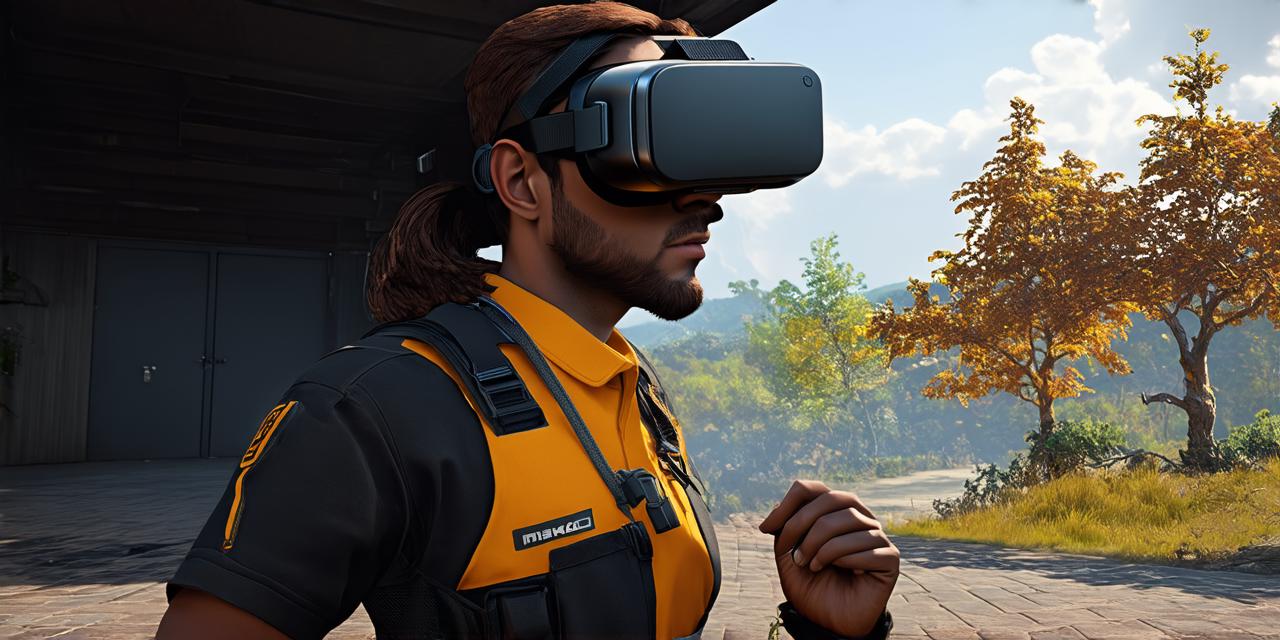<!DOCTYPE html>
I. Introduction
Virtual reality (VR) is an emerging technology that is rapidly gaining popularity across various industries, including gaming, education, healthcare, and entertainment. However, developing VR experiences can be a complex and time-consuming process that requires specialized skills and knowledge. In this article, we will discuss some tips and best practices for optimizing the VR development process to ensure better results.
II. Understanding Your Target Audience
Before starting any VR project, it’s important to understand your target audience. Who are you creating the experience for? What are their needs and expectations? Answering these questions will help you design an experience that resonates with your users and meets their requirements. For example, if you’re developing a VR training program for healthcare professionals, you need to ensure that the content is accurate and up-to-date. On the other hand, if you’re creating a VR entertainment experience, you need to make sure it’s engaging and fun.
III. Planning and Designing Your Experience
Once you have a clear understanding of your target audience, it’s time to start planning and designing your VR experience. This involves creating a storyboard or wireframe that outlines the flow of the experience, as well as identifying any potential challenges or obstacles. It’s also important to consider the hardware and software requirements for your project, such as the type of VR headset you’ll be using and the programming language you’ll need to develop the experience.
IV. Developing Your Experience
Developing a VR experience can be a complex process that requires specialized skills and knowledge. It involves creating 3D models, animations, and interactive elements that work seamlessly together. One of the biggest challenges in VR development is ensuring that the experience feels natural and intuitive to the user. This requires careful consideration of factors such as motion sickness, lighting, and sound design.
V. Testing and Iteration
Once you’ve developed your VR experience, it’s important to test it thoroughly to ensure that it meets the needs of your target audience. This involves conducting user testing sessions where you can gather feedback on the experience and make any necessary adjustments. It’s also important to iterate on the development process to continually improve the experience based on user feedback.
VI. Summary
Developing a VR experience can be a challenging task, but with the right planning, design, and development approach, you can create an immersive and engaging experience that resonates with your target audience. By understanding your users’ needs, designing an intuitive experience, and continually iterating on the development process, you can optimize the VR development process to ensure better results.
FAQs
1. What skills are required for VR development?
Skills required for VR development include 3D modeling, animation, programming, and user experience design.
2. How long does it take to develop a VR experience?
The time it takes to develop a VR experience varies depending on the complexity of the project and the size of the team. It can take anywhere from a few months to several years.
3. What hardware do I need to develop a VR experience?
You’ll need a VR headset, such as an Oculus Rift or HTC Vive, as well as a powerful computer with enough RAM and processing power to handle the development process.
4. Can I use existing software for VR development?
There are many open-source and commercial software options available for VR development, including Unity, Unreal Engine, and A-Frame.
5. How do I ensure my VR experience is accessible to everyone?
To ensure your VR experience is accessible to everyone, you should consider factors such as motion sickness, lighting, and sound design, as well as providing alternative ways for users with disabilities to experience the content.
